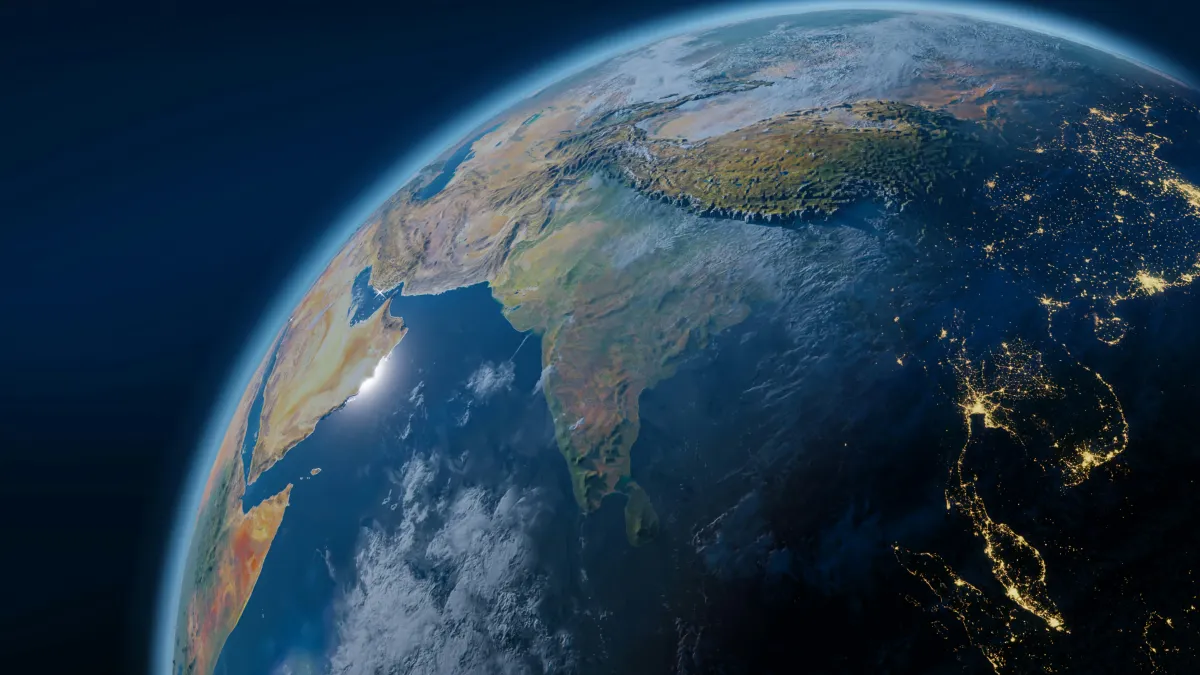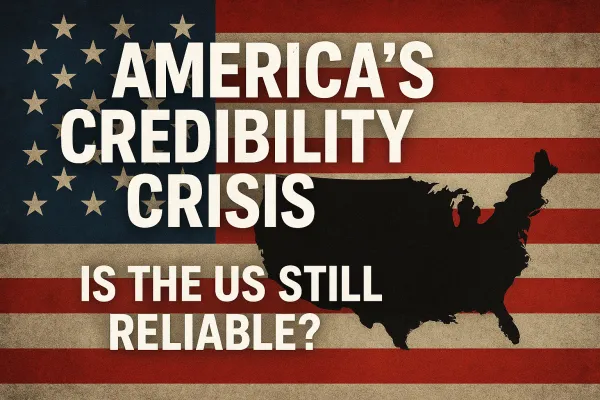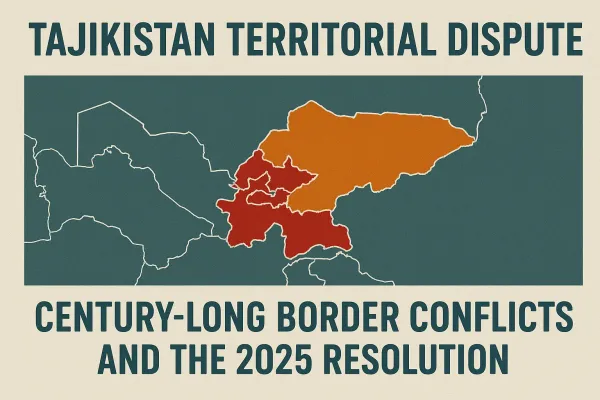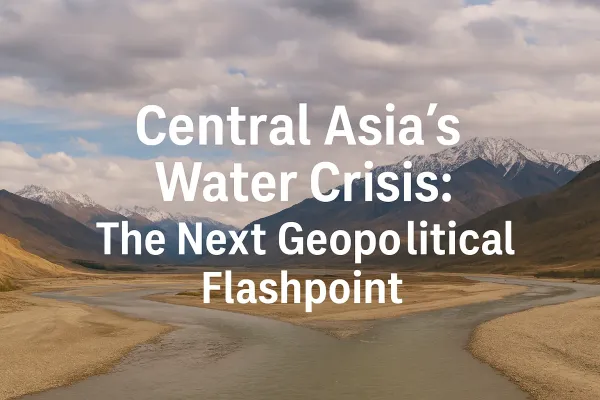The Indo-Pacific in 2025: Power, Pragmatism, and the Search for Balance
The Indo-Pacific isn't just another region—it's where the 21st century's political and economic future is being written. In 2025, countries refuse to pick sides, crafting approaches to power politics that challenge decades of conventional wisdom about alliances, rivalry, and strategic balance.

Introduction: Why the Indo-Pacific Matters
Let's start with something most news coverage glosses over: the Indo-Pacific isn't just another region competing for attention—it's fundamentally where the 21st century's political and economic future is being written. This massive geographic expanse, stretching from Africa's eastern coastline across to the Pacific islands, contains more than half of the world's people and produces nearly two-thirds of global economic growth. Roughly 70% of international maritime trade flows through these waters, carrying everything from Persian Gulf oil to Vietnamese electronics.
What makes 2025 particularly interesting isn't just these impressive statistics. It's how countries across this region are refusing to follow the old playbook of choosing sides, instead crafting their own approaches to power politics that challenge decades of conventional wisdom about alliances and rivalry.
Moving Beyond Binary Rivalry: The Rise of Multipolar Pluralism
For years, analysts described the Indo-Pacific primarily through one lens: American leadership confronting Chinese expansion. That framework was always oversimplified, but by 2025 it's become almost useless for understanding what's actually happening on the ground.
Take this year's Shangri-La Dialogue in Singapore. While U.S. and Chinese officials delivered their predictable speeches about rules-based order versus sovereignty, the real conversations happened in side meetings where Southeast Asian diplomats made their position clear: we're not picking your team. Indonesia's pursuing relationships with both Beijing and Washington. Vietnam's doing the same. Singapore's building partnerships wherever they make strategic sense. This isn't fence-sitting or indecision—it's deliberate statecraft aimed at maximizing options and maintaining sovereignty.
French President Macron captured this shift when he rejected framing the Indo-Pacific as just another U.S.-China battleground, calling instead for strategic autonomy. That message resonated precisely because it reflects what regional actors already practice: maintaining diverse relationships that serve their interests rather than forcing binary choices.
The United States: Strategic Recalibration amid Global and Domestic Challenges
America remains deeply engaged in the Indo-Pacific, but there's no denying the approach has shifted under Trump's second administration. The U.S. Navy still conducts freedom of navigation operations. The Quad partnership with India, Japan, and Australia continues. But there's also a more transactional quality to everything—more emphasis on burden-sharing, less patience for indefinite commitments, and trade policies that sometimes create friction with the very allies Washington claims to support.
India's become absolutely central to American strategy. The logic makes sense: as a democratic power with growing military capabilities and a massive economy, India can balance China in ways that U.S. forces alone cannot. But here's where complexity enters the picture. India welcomes this partnership but insists on its own terms. New Delhi remembers too well how Western allies proved unreliable in past crises, and it's determined to maintain strategic autonomy rather than becoming anyone's junior partner.
This creates an interesting dance. Washington needs India perhaps more than it wants to admit, while India benefits from American support without wanting dependence on it.
China: Assertive Expansion and Economic Statecraft
China's Indo-Pacific strategy blends economic inducement with military assertion in ways that both attract and alarm neighbours. The Belt and Road Initiative has funded ports, highways, and digital infrastructure across dozens of countries, creating economic ties that Beijing leverages for political influence. In the South China Sea, China's not even bothering with subtlety anymore—militarized artificial islands, aggressive coast guard operations, and territorial claims that leave neighbours increasingly nervous.
Yet China's facing constraints that complicate these ambitions. Economic growth has slowed significantly. Demographic trends are unfavourable—the working-age population is shrinking. And some BRI projects have generated serious backlash where promised benefits turned into debt burdens. Beijing remains determined to secure maritime routes vital for energy imports and exports, but the path forward is more complicated than the confident rhetoric suggests.
India: Strategic Autonomy and Regional Leadership
If there's one country whose Indo-Pacific trajectory deserves closer attention, it's India. New Delhi has dramatically expanded naval capabilities, establishing itself as the preeminent Indian Ocean power while extending operations eastward through joint exercises with Japanese, Australian, and Southeast Asian navies.
What makes India's approach distinctive is the careful balancing act. It participates actively in the Quad. It engages deeply with ASEAN. It maintains defence cooperation with Russia. It trades heavily with China despite managing a tense border confrontation. This isn't confusion—it's calculated strategy designed to maximize India's influence without foreclosing options or accepting dependence on any single partner.
Indian policymakers call it strategic autonomy, means having enough capacity and relationships to shape events rather than merely responding to choices made by others. It's an ambitious goal, and India's positioning itself to achieve it.
Middle Powers and Europe's Growing Influence
Japan and Australia contribute substantially to regional stability despite lacking superpower resources. Both champion rules-based maritime order, invest in Pacific island partnerships, and support infrastructure alternatives to Chinese projects. The AUKUS partnership between Australia, UK, and U.S. adds another layer to security architecture that didn't exist just a few years ago.
Meanwhile, European engagement has grown in ways that might surprise people who think of the Indo-Pacific as purely Asian-American terrain. France and the UK maintain territories there and deploy naval assets regularly. The EU pursues climate partnerships and trade agreements that bring different perspectives on multilateralism and regulation to regional discussions. This European involvement diversifies diplomatic options and complicates power calculations in useful ways.
Emerging Security Architectures
The Indo-Pacific security conversation has expanded well beyond traditional military concerns. Climate vulnerability, cyber threats, supply chain fragility, and pandemic preparedness now occupy equal space with naval build-ups and territorial disputes in strategic planning. This year's State of the Indo-Pacific Conference highlighted economic coercion through tariffs and trade restrictions as security challenges deserving the same attention as conventional military threats.
New institutional concepts keep emerging, like proposals for an Indo-Pacific Treaty Organization that would formalize cooperation mechanisms while respecting national sovereignty. These ideas remain early-stage, but they signal widespread recognition that existing frameworks don't adequately address contemporary challenges.
Conclusion: Embracing Complexity for a Sustainable Indo-Pacific Order
The Indo-Pacific in 2025 refuses simplification. It's not purely a U.S.-China rivalry, though that competition shapes nearly everything. It's not neatly divided into competing blocs, though alignments certainly exist. Instead, what we're seeing is a fluid, multipolar environment where states exercise genuine agency and build selective partnerships based on specific interests and values.
Success in this environment requires abandoning binary thinking. It demands respecting regional actors' autonomy rather than treating them as pieces on someone else's chessboard. It necessitates addressing climate change alongside military preparedness. Most fundamentally, it requires recognizing that the Indo-Pacific's future won't be determined by any single power but by dozens of nations navigating constantly between cooperation and competition.
That navigation matters far beyond the region itself. How Indo-Pacific countries manage these tensions will shape global governance, international trade patterns, and great-power relations for decades to come. Understanding this complexity isn't just academic interest—it's essential for anyone wanting to grasp where international politics is actually heading in the coming years.
Related Articles:
- India's Strategic Balancing Act - 2025: Managing Relations with the US, Russia, and China – Explore how India's domestic political priorities shape its foreign policy approach and navigation of great power competition.
- Tariff Shock 2.0: Why US–China Controls Are Repricing the World Economy – US–China tariffs and export controls are repricing the world—raising costs, constraining chips and minerals, and pushing supply chains to de‑risk. What it means for inflation, tech access, and strategy.
- Trump’s Claim vs India’s Energy Reality: Will New Delhi Stop Buying Russian Oil — Or Just Diversify Smarter? — Why India is unlikely to “quit” Russian crude overnight, and how diversification, pricing, and diplomacy shape a more pragmatic energy strategy.
- Power Plays: How the U.S. Leverages Energy and Climate for Global Diplomacy – See how major powers use governance tools for international influence—context for understanding India's own strategic approaches.
- 2025 Russia–Ukraine War Analysis: NATO's Role, Trump, and What's Next – Understand global geopolitical shifts that influence India's strategic calculations and policy decisions.
Loved this article?
Visit our main page for more insights and subscribe for updates!





